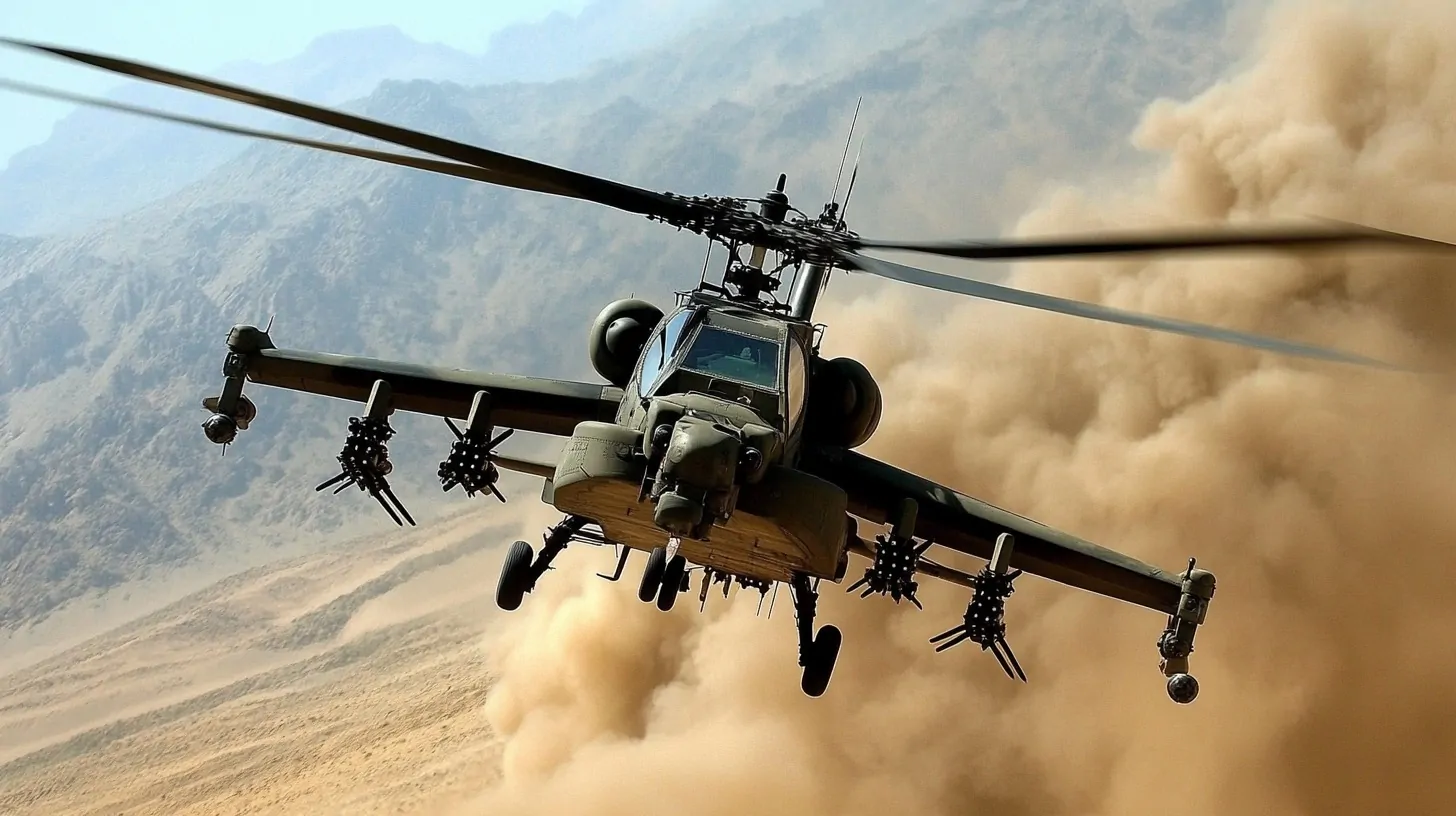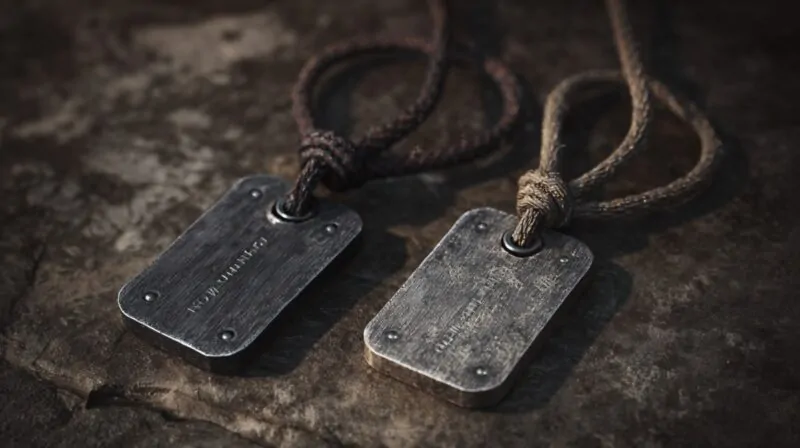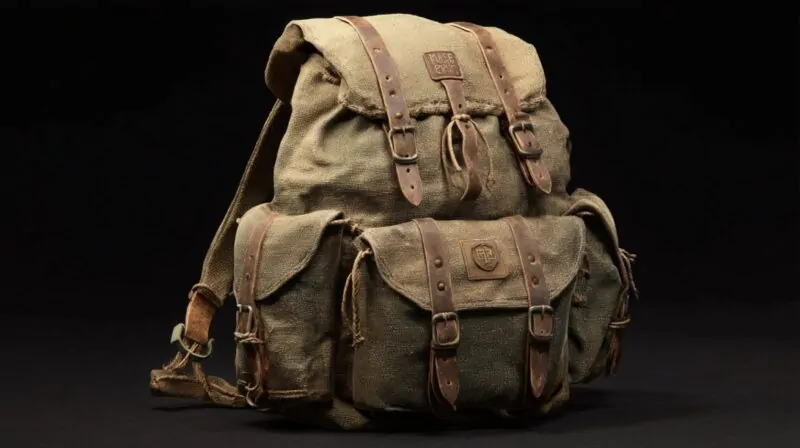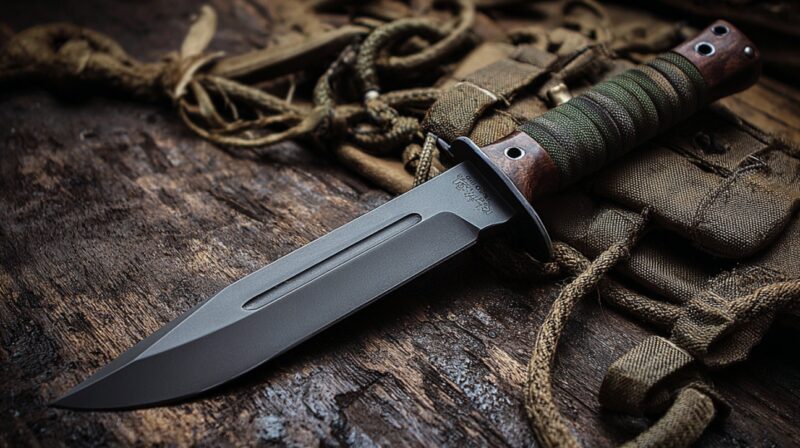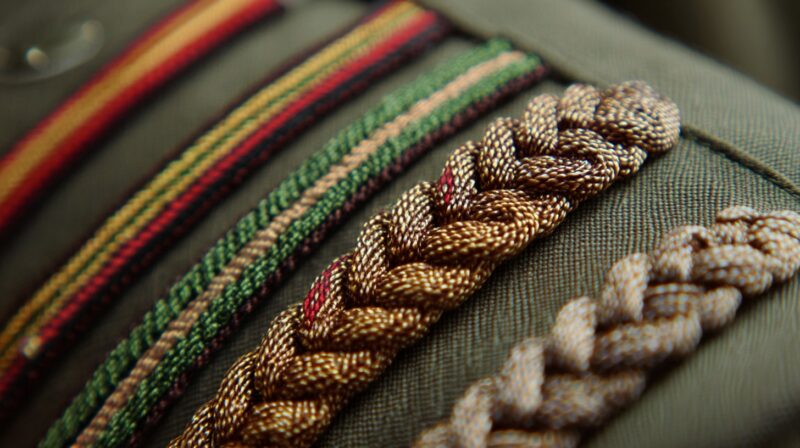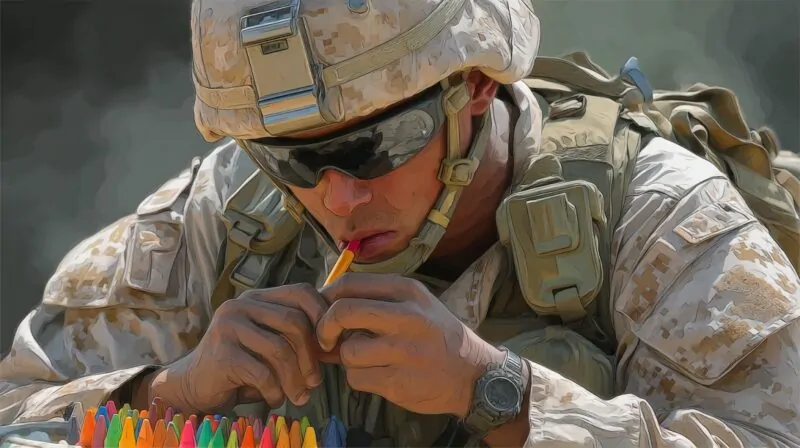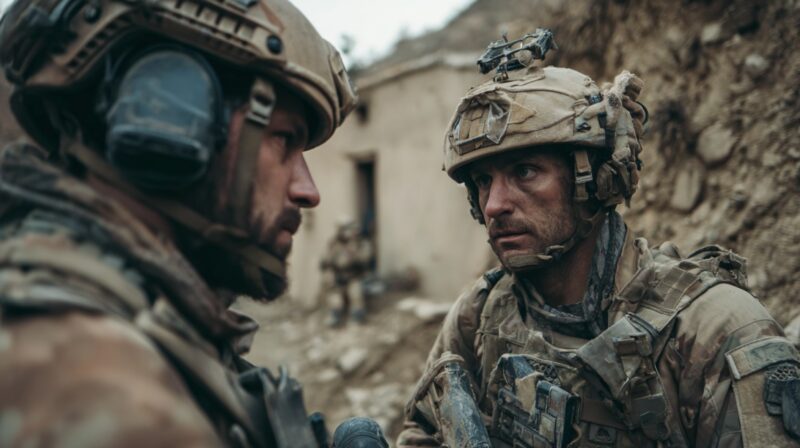Helicopters have long been a cornerstone of US military operations, offering unmatched flexibility and capabilities across a wide range of missions.
The development of military helicopters in the United States traces back to the 1930s, with early designs that laid the groundwork for some of the most iconic aircraft in history.
Helicopters evolved into highly sophisticated machines capable of performing in the harshest environments and under the most extreme conditions.
Today, US military helicopters are at the forefront of global defense efforts, equipped with cutting-edge systems that enhance their speed, precision, and firepower.
Yet, as impressive as today’s helicopters are, the future holds even more exciting innovations.
Let us talk about all US military helicopters from different periods in greater detail.
Also Read: Understand the meaning behind Air Forces cyber warfare operation roles!
Table of Contents
ToggleEarly Years of US Military Helicopters
First, let us touch upon the early years of US military helicopters, specific models, and how they influenced what’s to come.
Early Development and World War II (1930s–1940s)
| Year of Production | Helicopter Model | Role/Type | Manufacturer |
|---|---|---|---|
| 1939 | Vought-Sikorsky VS-300 | Experimental | Vought-Sikorsky |
| 1942 | Sikorsky XR-4 | Military utility, observation, transport | Sikorsky |
| 1942 | Hoverfly (Sikorsky R-4) | Rescue and transport | Sikorsky |
| 1946 | YH-13 Sioux (Bell 47) | Medical evacuation (MEDEVAC) | Bell Helicopter |
Helicopters first emerged as a military tool in the 1930s, gaining traction in both Germany and the United States.
Germany introduced the Heinkel He 49, considered one of the earliest military helicopters, primarily used for reconnaissance. This marked the beginning of rotary-wing aircraft in military operations.
Other key German designs followed, such as the Flettner Fl 282 Kolibri and the Focke-Wulf Fw 61, both of which saw limited but significant service during World War II.
On the American side, helicopter development gained momentum with the Vought-Sikorsky VS-300. It was a multi-engine helicopter that set the stage for future U.S. military designs. It was followed by the Sikorsky XR-4, which became the first mass-produced helicopter for the U.S. military.
Meanwhile, Britain utilized Hoverfly helicopters in rescue operations during World War II.
As the war concluded, helicopters such as the YH-13 Sioux began to play crucial roles in medical evacuations, particularly during the Korean War.
Post-War and Korean War Developments (1940s–1950s)
| Year of Production | Helicopter Model | Role/Type | Manufacturer |
|---|---|---|---|
| 1945 | Sikorsky H-5 | Versatile, post-war utility | Sikorsky |
| 1946 | Sikorsky S-51 | Civilian model influencing military designs | Sikorsky |
| 1948 | Hiller OH-23 Raven | Reconnaissance missions | Hiller Aircraft |
| 1950 | Bell H-12 Sioux | Troop transport (Korean War) | Bell Helicopter |
| 1950 | Sikorsky H-19 Chickasaw | Heavy-lift helicopter (Korean War) | Sikorsky |
| 1963 | Westland Wasp | Anti-submarine warfare | Westland Aircraft |
| 1955 | Bell 47 | The first turbine-powered civilian helicopter influencing military | Bell Helicopter |
In the years following World War II, helicopter technology advanced rapidly, particularly during the Korean War. The conflict demonstrated the significant advantages helicopters provided for troop transport and medical evacuations.
Several key helicopters emerged during this period, including the Bell H-12 Sioux, Sikorsky H-5, Hiller OH-23 Raven, and Sikorsky H-19 Chickasaw, each playing distinct roles from reconnaissance to heavy-lift transport.
The post-war period also saw the development of specialized helicopters for particular missions.
For example, the Westland Wasp was specifically designed for anti-submarine warfare. Civilian helicopters, such as the Sikorsky S-51 and Bell 47, also had an impact, introducing turbine-powered engines that significantly influenced future military designs.
Vietnam War and the Iconic UH-1 “Huey” (1960s–1970s)
| Introduction Date | Helicopter Model | Role/Type | Manufacturer |
|---|---|---|---|
| 1959 | Bell UH-1 “Huey” | Troop transport, medical evacuation | Bell Helicopter |
| 1967 | Bell AH-1 Cobra | Attack helicopter | Bell Helicopter |
The Vietnam War era is widely regarded as the most iconic period for military helicopters, largely due to the Bell UH-1 “Huey.” This helicopter revolutionized troop transport and medical evacuations in the dense jungles of Vietnam, becoming a symbol of the conflict.
Its air mobility capabilities led to a significant shift in military tactics, with helicopters becoming an essential part of warfare strategy.
In addition to the Huey, the Bell AH-1 Cobra, the first dedicated attack helicopter, was introduced during the Vietnam War. These helicopters set the standard for future military rotorcraft, pushing the boundaries of what helicopters could achieve in combat scenarios.
Cold War Advancements (1970s–1990s)
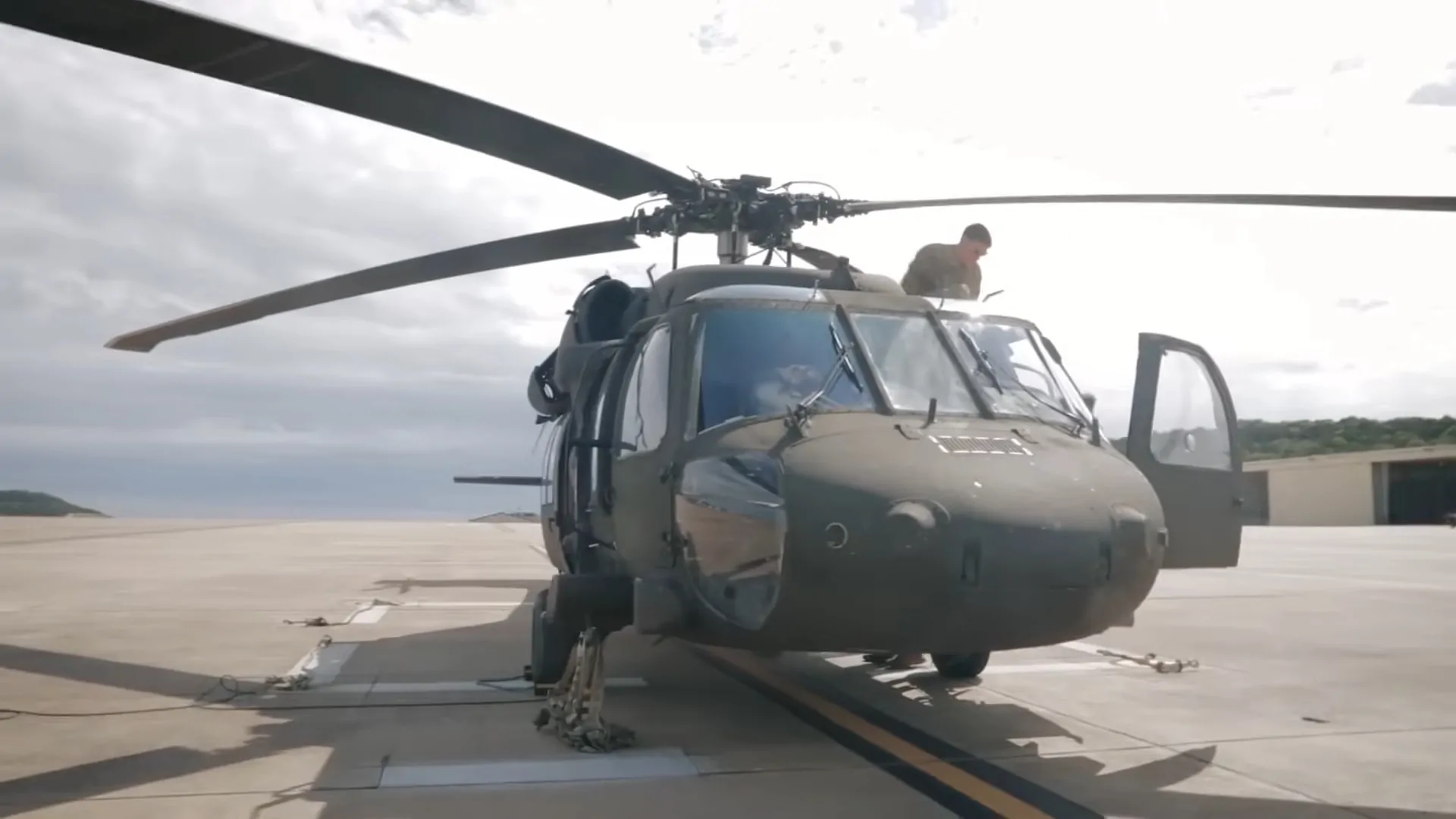
| Introduction Date | Helicopter Model | Role/Type | Manufacturer |
|---|---|---|---|
| 1962 | CH-47 Chinook | Heavy-lift helicopter (cargo transport) | Boeing (formerly Vertol) |
| 1979 | Sikorsky UH-60 Black Hawk | Utility helicopter (transport, evacuation) | Sikorsky |
| 1984 | AH-64 Apache | Attack helicopter | Boeing (formerly Hughes) |
As tensions escalated during the Cold War, helicopter design advanced significantly.
One of the most prominent helicopters to emerge during this period was the AH-64 Apache, a cutting-edge attack helicopter known for its advanced weaponry and superior maneuverability.
The Sikorsky UH-60 Black Hawk also became a vital asset, providing reliable troop transport, medical evacuation, and supply missions.
The CH-47 Chinook, renowned for its heavy-lift capabilities, became indispensable for cargo transport, especially in challenging terrains. These helicopters set the standard for military aviation, incorporating technological innovations that improved speed, agility, and mission capabilities.
These advancements solidified helicopters as crucial elements of military operations, capable of handling increasingly complex missions in various environments.
Interesting Fact: Most US military helicopters have Native American names.
The Present: Modern US Military Helicopters
| Introduction Date | Helicopter Model | Role/Type | Manufacturer |
|---|---|---|---|
| 1962 | CH-47 Chinook (D/F/MH-47G) | Heavy-lift Transport | Boeing |
| 1979 | UH-60 Black Hawk | Utility, Multi-mission | Sikorsky |
| 1980 | MD500 (AH/MH-6 Little Bird) | Attack/Reconnaissance | MD Helicopters |
| 1981 | CH-53E Super Stallion | Transport | Sikorsky |
| 1982 | MH-53E Sea Dragon | Mine Countermeasures | Sikorsky |
| 1986 | AH-64 Apache | Attack | Boeing |
| 2007 | CV/MV-22 Osprey | Tiltrotor, Multi-mission | Bell Boeing |
| 2007 | H145 (UH-72 A/B) Lakota | Utility, Light Helicopter | Airbus Helicopters |
| 2008 | UH-1 N/Y | Utility | Bell Helicopter |
| 2010 | AH-1Z Viper | Attack | Bell Helicopter |
| 2020 | MH-139 Grey Wolf | Utility, Security and Transport | AgustaWestland (Leonardo) |
| 2022 | CH-53K King Stallion | Heavy-lift Transport | Sikorsky |
In today’s U.S. military, there are 5,500 helicopters of various types, according to CEOWorld.biz.
At the same time, the Air Force has 317,000 personnel.
The UH-60 Black Hawk remains the cornerstone of utility helicopters, primarily used for transporting troops and performing medical evacuations. Its reliability and adaptability across different environments make it a critical asset in combat missions.
The CH-47 Chinook, on the other hand, is the go-to helicopter for heavy-lift operations, capable of carrying substantial cargo over long distances.
- UH-60 Black Hawk: Primary utility helicopter for troop transport and medical evacuation.
- CH-47 Chinook: Heavy-lift helicopter, primarily used for cargo transport.
Attack helicopters are also crucial to the U.S. military’s operational capacity. The AH-64 Apache continues to serve as the primary attack helicopter, armed with advanced radar-guided missile systems.
While the OH-58 Kiowa has been phased out of most roles, it still serves in a limited capacity for reconnaissance missions. The UH-72A Lakota has started to replace older models like the UH-1 Huey as a light utility helicopter, further modernizing the fleet.
- AH-64 Apache: Main attack helicopter with advanced targeting systems.
- OH-58 Kiowa: Reconnaissance helicopter, still in limited use.
- UH-72A Lakota: Light utility helicopter replacing older models like the UH-1 Huey.
Recent Advancements in Helicopter Technology
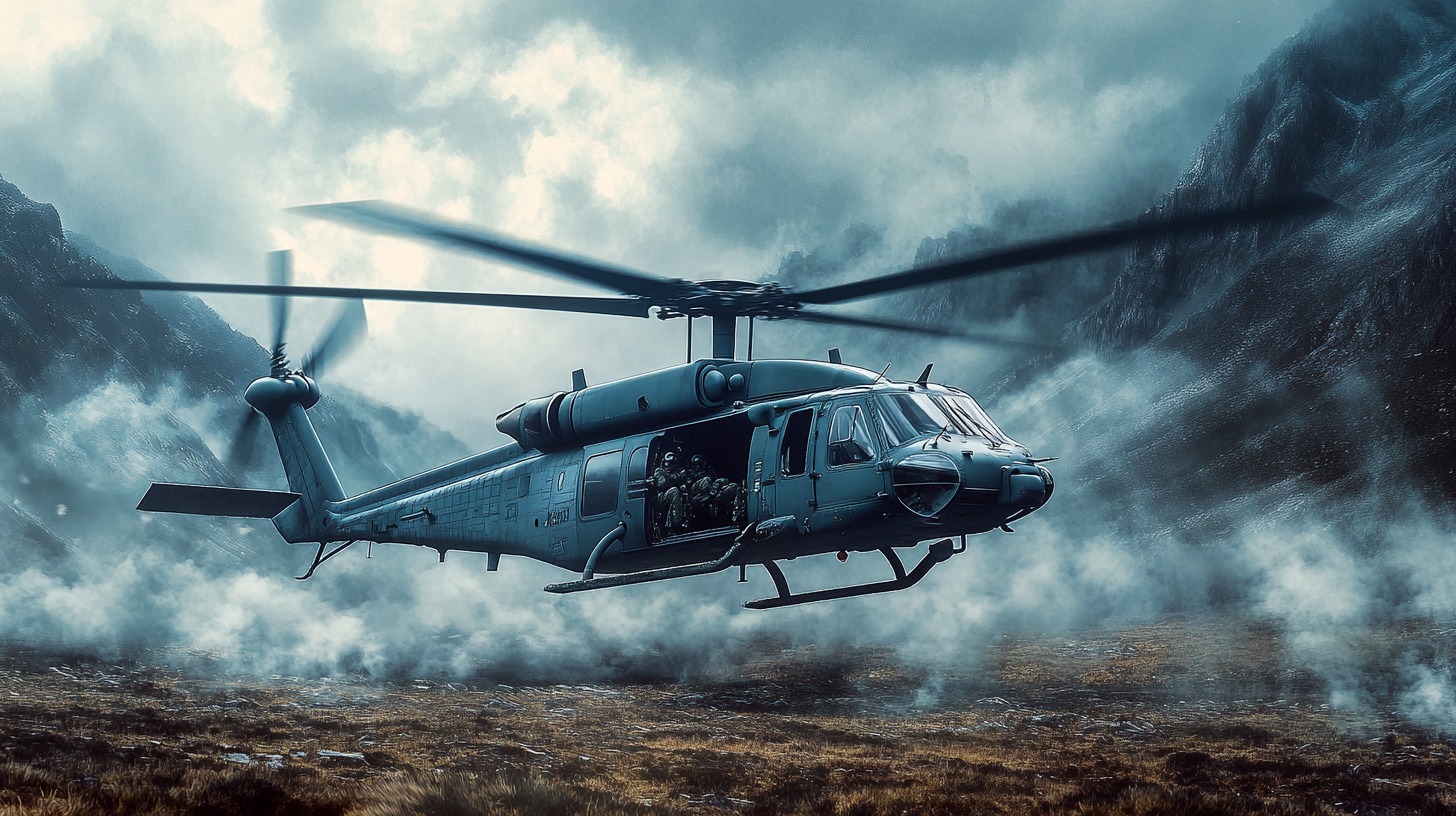
In the last two decades, significant advancements have been made in helicopter technology. The UH-60M Black Hawk, for example, has received upgrades that include newer engines and digital avionics, boosting its overall performance and reliability.
Similarly, the CH-47F Chinook has been modernized with better engines and avionics, enhancing its heavy-lift capabilities.
- UH-60M Black Hawk: Upgraded with newer engines and digital avionics for improved performance.
- CH-47F Chinook: Modernized with advanced avionics and engines to increase heavy-lift capacity.
One of the most notable additions to the U.S. military’s helicopter fleet is the V-22 Osprey. This tiltrotor aircraft combines the vertical takeoff and landing capabilities of a helicopter with the speed and range of an airplane, offering greater versatility in mission execution.
The AH-64D Longbow Apache has also seen significant advancements, with an advanced radar system that enhances its targeting and attack capabilities.
- V-22 Osprey: Tiltrotor aircraft combining helicopter-like vertical takeoff with airplane-like flight.
- AH-64D Longbow Apache: Features an advanced radar system for superior attack capabilities.
Modern Challenges and Strategic Uses
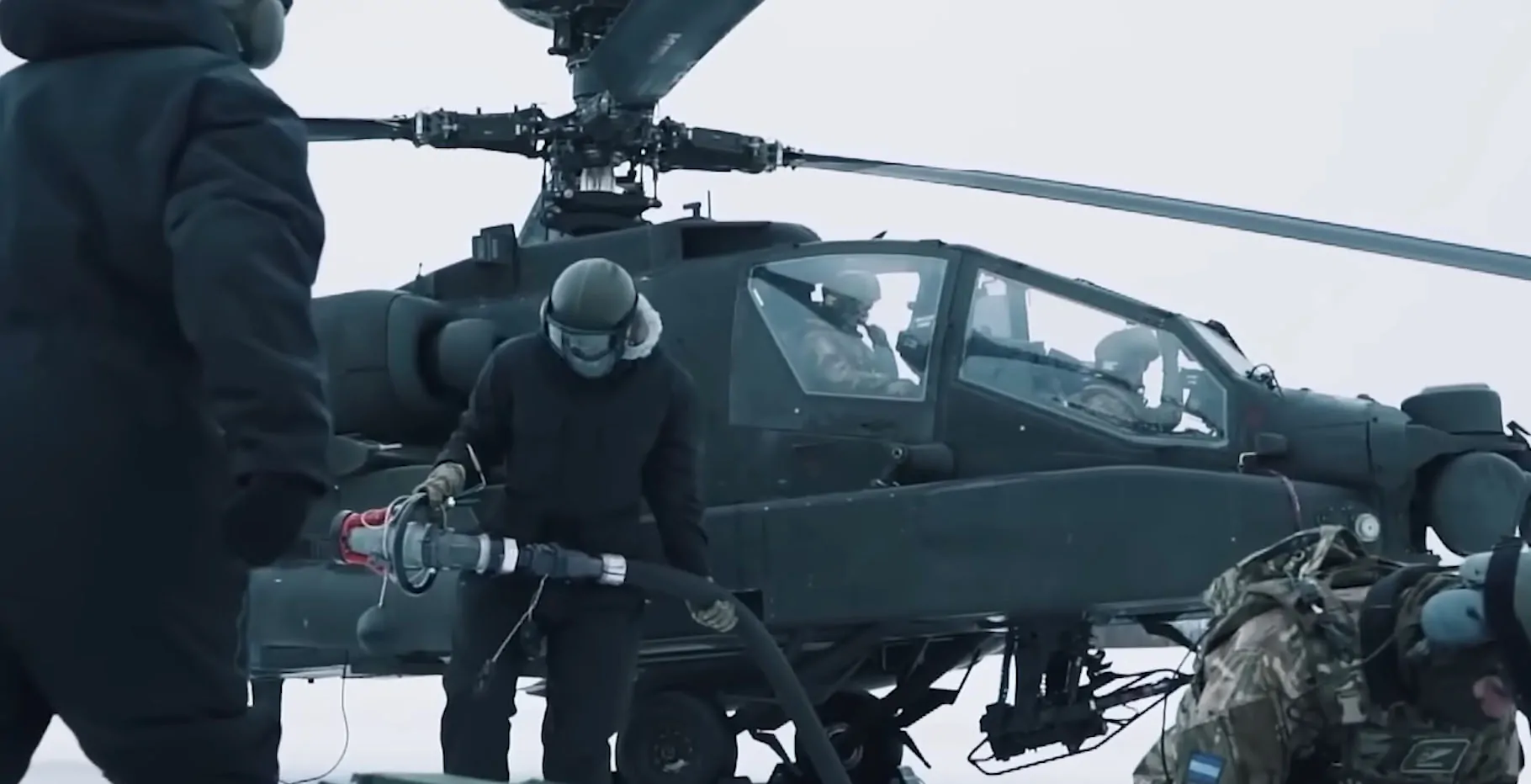
Helicopters such as the UH-60 Black Hawk and AH-64 Apache have played key roles in recent military operations, including the conflicts in Iraq and Afghanistan.
Their ability to deploy troops rapidly, evacuate injured personnel, and provide critical reconnaissance or air support has made them indispensable in modern warfare.
However, as warfare continues to evolve, so do the challenges these helicopters face. The U.S. military must continue to refine its helicopter technology.
Despite these challenges, helicopters remain a crucial strategic asset, serving in a variety of roles from combat operations to humanitarian missions.
- Challenges: Evolving enemy tactics and the need for greater operational efficiency.
- Strategic Importance: Vital in troop deployment, medical evacuation, reconnaissance, and close air support.
The Future: The Next-Generation of US Military Helicopters
The final thing I want to touch upon is what the future holds.
Joint Multi-Role (JMR) Rotorcraft
Looking toward the future, the development of the Joint Multi-Role (JMR) rotorcraft aims to replace both attack and utility helicopters like the Black Hawk and Apache.
These next-generation helicopters will offer increased speeds, greater range, and enhanced versatility for various military roles, including attack, transport, and reconnaissance.
The JMR is part of the broader Future Vertical Lift (FVL) program, which seeks to revolutionize military aviation.
Joint Heavy Lift (JHL) Rotorcraft
Another ambitious project is the Joint Heavy Lift (JHL) rotorcraft, intended to replace the CH-47 Chinook for heavy-lift transport missions.
The goal is to develop a helicopter capable of transporting up to 29 tons of cargo over greater distances and at higher speeds than current models.
It is an innovation that will further enhance the military’s ability to mobilize resources rapidly and efficiently.
Technological Innovations and Challenges
- Electric propulsion systems
- Autonomous flight capabilities
- Advanced stealth technologies
Concepts like the Bell V-280 Valor and Sikorsky SB>1 Defiant are leading the charge under the Future Vertical Lift program.
These aircraft will be faster, more versatile, and more capable of handling the diverse demands of modern warfare.
Projected Impact on Future Warfare
The next generation of helicopters will transform military strategies by enabling:
- Quicker response times
- Greater mission flexibility
- Reduced operational costs
With these advancements, helicopters will continue to play a central role in maintaining air dominance and supporting ground operations in future conflicts.
Interesting Facts: The U.S. Army has canceled its Future Attack Reconnaissance Aircraft (FARA) program after spending $2 billion, shifting focus to other modernization efforts like unmanned aerial systems and existing helicopter upgrades.
The Bottom Line
Helicopters have been vital to U.S. military operations, from the early models of World War II to today’s advanced fleet.
As new designs like the JMR and JHL emerge, the future of military rotorcraft promises to enhance the military’s capabilities in unprecedented ways.
Ongoing innovation in helicopter technology will be crucial for maintaining air superiority in the evolving landscape of modern warfare.
Related Posts:
- What Does 1B4X1 Stand For? An Inside Look at Cyber…
- Who Builds Navy Ships? A Look at the Top Shipbuilders
- 10 Technologies That Are Shaping the Future of the US Army
- Swarm Drones - The Future of Warfare is Already Here
- The COVID-19 Crisis and Its Impact on Military and…
- The Rise of Ruggedized Displays - How ViewPoint…

